Hip replacementrestores lost functions, relieves pain and allows you to return to an active lifestyle.
The most common indications for hip replacement are the following diseases and conditions:
-
primary coxarthrosis (deforming osteoarthritis)
-
post-traumatic osteoarthritis
-
Rheumatoid arthritis
-
necrosis of the femoral head (aseptic or avascular necrosis)
-
femoral neck fracture in old age
-
dysplasia
The main tasks that врачи-реабилитологи they set themselves the task of starting to deal with patients on the very first-the second day after the operation, are:
-
reduction of pain syndrome
-
restoration of the supporting function of the limb.
The primary goal after endoprosthesis surgery is to reduce joint swelling and pain, for which local cryotherapy (cooling of the operated segment) and an elevated limb position are used.
The second important task is to restore the normal range of motion in the joint, for which our specialists use passive manual mobilization, and most often – passive continuous mobilization of the hip joint. This procedure is performed by a special device that performs movements in the joint practically without pain and without the patient's participation.
In most cases, mobilization lasts about two to three hours daily.
The third task of rehabilitation after hip replacement is to restore the patient's ability to support himself, i.e. a person must learn how to walk correctly and subsequently be ready to perform the basic tasks that he sets for himself. Almost always, walking begins on the second day after the operation, and врачи- ECSTO rehabilitologists teach the patient how to properly lean on the operated limb with full load.
Usually, for the first time after an endoprosthesis, the patient uses crutches when walking for balance, confidence, and to reduce pain.
In most cases, patients spend about a week in our clinic after such operations. During this period, employees
The primary rehabilitation program after surgery can be considered completed when an adequate range of movement has been developed, the patient does not experience pain and is well aware of the therapeutic gymnastics program that he will need to follow in the coming months. The complex of rehabilitation procedures is compiled by the specialists of the ECSTO rehabilitation department.
Endoprosthesis is not a limitation for active life and sports. Our patients, like people all over the world, remain fully active and return to their usual rhythm of life with the help of sports-specific programs developed by the clinic's rehabilitologists.
After endoprosthetics, shock and jumping sports with a high axial load on the operated limb are not recommended. Your rehabilitation doctor will tell you about other assumptions and possible training regimen.





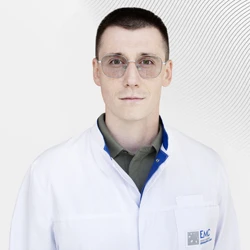


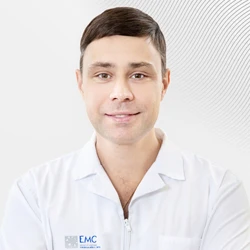
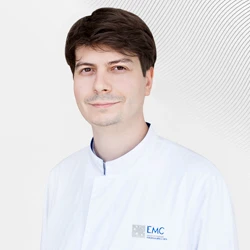
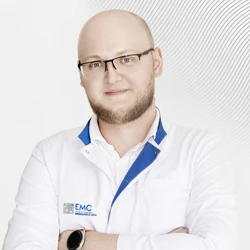
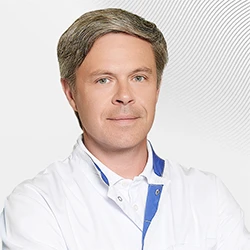
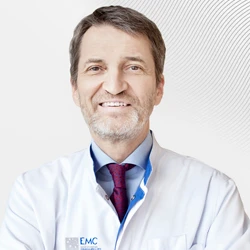

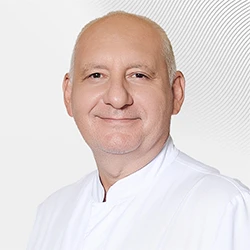
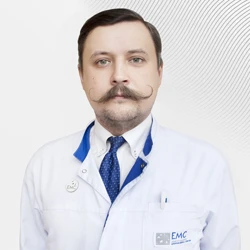

.webp)
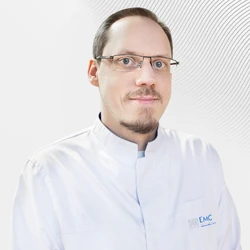
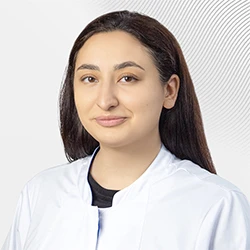
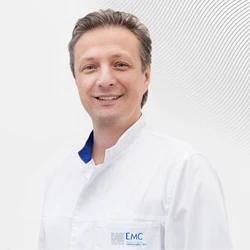
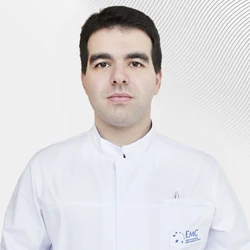
.webp)


